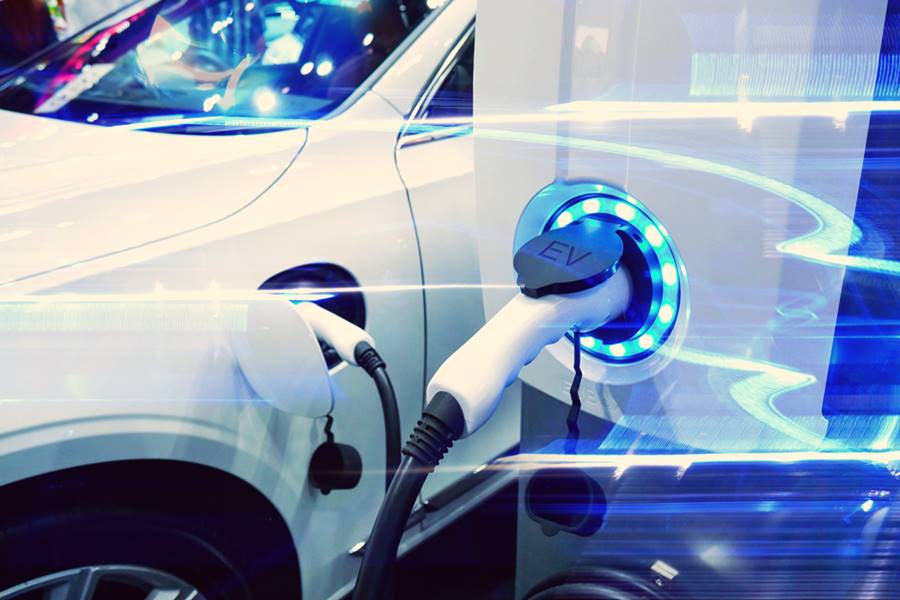Sun 01 May 2022:
A lithium-ion battery using copper and copper nanowires that organizes its particles may charge to 60% in 6 minutes without compromising its energy storage.
In the future, this more efficient battery might power electric cars, allowing drivers to travel further without having to wait as long for the vehicle to charge.
Binding agents are used in lithium-ion batteries to keep their particles together and give them a solid structure. This can result in a thick battery fluid with a random particle dispersion, slowing charging times. Thinner battery fluid particles are directed to charge more quickly, but they store less energy.
To address these challenges, Yao Hongbin and his colleagues at the University of Science and Technology of China in Hefei developed a lithium-ion battery with a structured anode, which is the battery’s positive end.
Anodes for lithium batteries are typically made of graphite particles through which charge flows, with the particles arranged in a random order. Hongbin and his colleagues sorted the particles by particle size and porosity (the number of spaces between particles).
On normal tests, their batteries charged to 60% and 80% in 5.6 and 11.4 minutes, respectively, while maintaining high energy storage.
Yao Hongbin and his colleagues at the University of Science and Technology of China in Hefei developed a lithium-ion battery with a structured anode, which is the battery’s positive end, to address these issues.
Anodes for lithium batteries are typically made of graphite particles organized in a random order through which charge passes. The particles were separated by particle size and porosity by Hongbin and his colleagues (the number of spaces between particles).
During standard tests, their battery charged to 60% and 80% capacity in 5.6 and 11.4 minutes, respectively, while retaining a high energy storage capacity.
Having a faster-charging battery by design, in conjunction with things like battery swapping, could significantly accelerate the industry’s transition towards a 100% electric fleet. However, the copper and copper nanowires coating on the graphite anode could significantly raise the cost of such batteries. More heating and cooling may also be necessary in order to keep the battery working in condition during hot summer and cold winter days, respectively, which further add up to cost, the researchers told New Scientist.
SOURCE: INDEPENDENT PRESS AND NEWS AGENCIES
___________________________________________________________________________________________________________________________________________
FOLLOW INDEPENDENT PRESS:
TWITTER (CLICK HERE)
https://twitter.com/IpIndependent
FACEBOOK (CLICK HERE)
https://web.facebook.com/ipindependent
Think your friends would be interested? Share this story!





